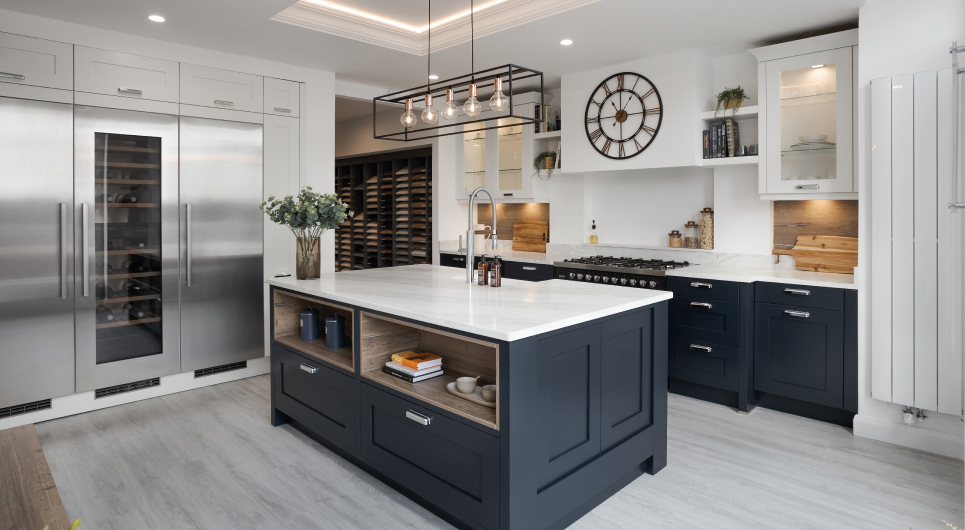
Hairdresser Case Study (Creditors’ Voluntary Liquidation)
The hairdressing and beauty business was based in Cleethorpes, Lincolnshire. The downstairs of the premises was a hair salon, which was the main business, while upstairs was an HD brow and make-up studio. The director was a qualified hairdresser with several years’ experience and had previously worked from the same premises, but as a sole trader.
The lease was held in her name and she was dependent on cashflow to run the business as there was no overdraft facility.
Local reputation
The salon’s first year was moderately successful and after this, the business returned a modest profit. The focus was on expansion, with a widening number of beauty treatments on offer as well as home visits for events such as weddings.
There was excellent staff retention and the salon was well regarded in the local community. At its peak, the director employed three additional hair stylists, two trainees (including a qualified brow technician) and one admin worker.
HMRC Investigation
The director had taken professional financial advice and was advised to incorporate two separate limited companies and these accounted for earnings from the brow and make-up services and secondly, for the home visit facility.
The individual turnover of these businesses was below the VAT threshold and so they did not register for this. However, HMRC chose to investigate the main business and the two other limited firms and despite the advice given, decided the company could be responsible for paying historic VAT, penalties and interest since the start of trading.
The director realised the company had insufficient means to meet such a demand from HMRC and so contacted Company Debt for guidance, following which, it was advised the company should be placed into Creditors’ Voluntary Liquidation.








